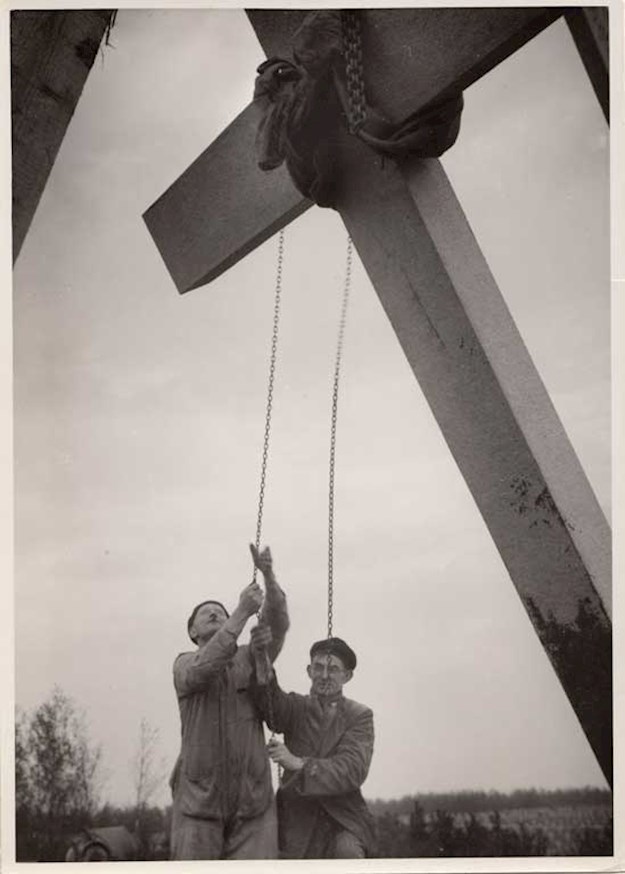- Timmermannsweg 75, Ysselsteyn, Nederland
How difficult is it for people to find reconciliation with an enemy? How many generations do you think it takes? One man, Lodewijk Johannes Timmermans, worked here at the cemetery in Ysselsteyn for 28 years despite the wounds he incurred from a German mine in 1945, and became a symbol of unremitting reconciliation between the Netherlands and Germany.
Shortly after the WWII, the Americans called for one central location for the burial and reburial of German soldiers. The Dutch government assigned a plot of land in Ysselsteyn, in the province of Limburg. Grave by grave, this plot grew into a striking cemetery where more than 31,500 German soldiers killed during World War II have been given their final resting place. The soldiers were brought here from all over the Netherlands, from Ameland to Maastricht, often without any form of identification. The chaos had left German soldiers looking after their fallen brothers, with little time to identify them or give them an honourable burial. The survivors had other things to worry about, including keeping themselves alive; partly why there are so many grave markers in Ysselsteyn reading ‘Ein unbekannter Soldaat’ (An Unknown Soldier).
From 1948 to 1976 when he retired, Captain Lodewijk Johannes Timmermans dedicated his life to identifying these unknown soldiers and giving them an honourable burial. He traced their closest relatives and informed them of his findings and also gave tours of the cemetery. In his work towards reconciliation between the Netherlands and Germany he was unrelenting, all whilst having been blinded for many months by a German landmine.
Yet Captain Timmermans did not harbour any feelings of vengeance towards his former enemy. He came from an altruistic family where everyone respected the value of human dignity. Moreover, it had been a German soldier who had looked after for months whilst he was unable to see.


